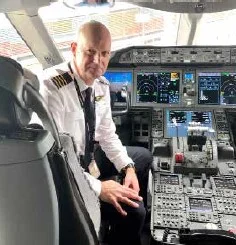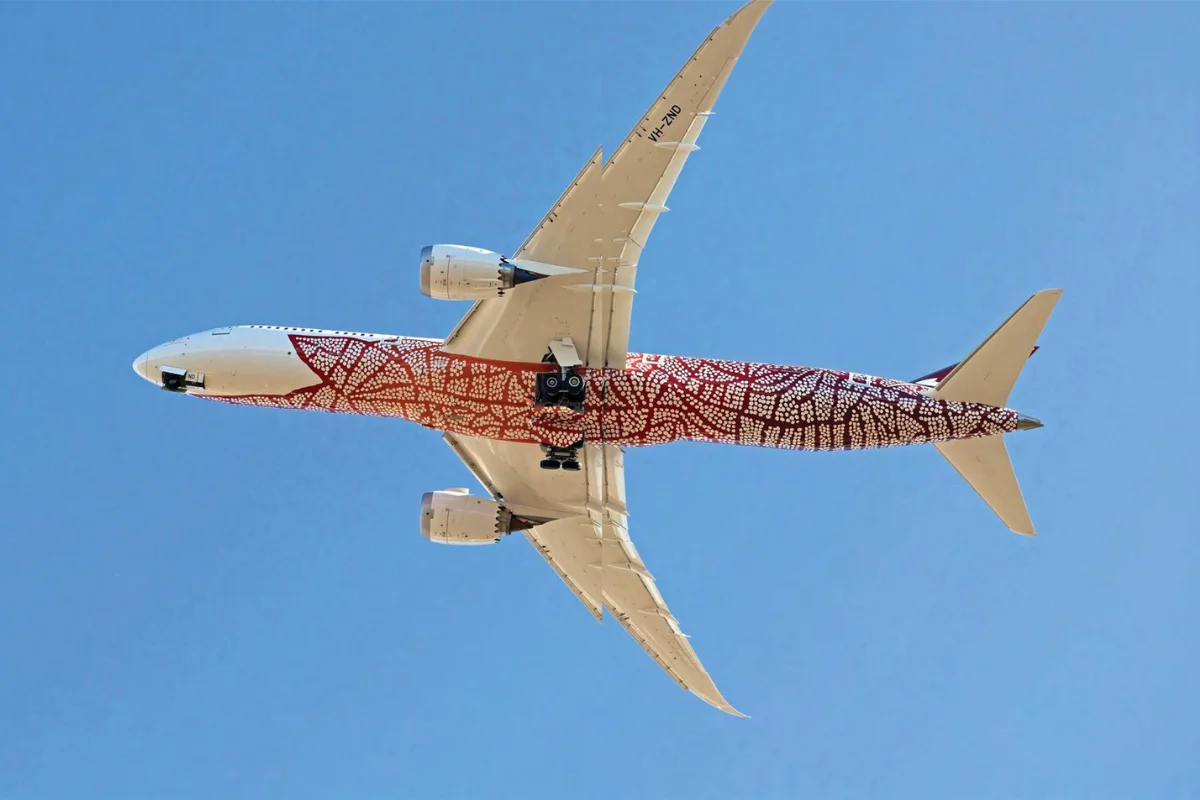Airliner World: “The eyes have it” by Capt. Matt Gray
Flying an aircraft is a visual task, with up to 90% of the necessary information being gathered through the pilot’s eyes. In order to make sense of an increasingly dense visual environment in a modern aircraft, a pilot must learn and perfect the skill of an instrument scan using modern flight instruments.
Head-up displays (HUDs) and head-up guidance systems (HGS) introduce value beyond real-time gaze tracking. When integrated with eye tracking solutions during training, guided by instructor and pilot input and supported by visual and instructional learning tools, these systems can build up additional safety, organisational and operational capability drivers for aircrews, especially amid rising demands.
 |
HUD/HGS are becoming more prevalent in single and multicrew cockpits and they have been recognised as a powerful tool for accident prevention by substantially reducing crew error and improving aircrew situational awareness. However, they do present a training challenge. It is difficult for an instructor or examiner to confirm the exact nature of a pilot’s scan, or even that the HUD is being used at all. Precision eye tracking helps overcome a gap in traditional flight simulator training: understanding aircrew behaviour, decision-making and attention levels. |
By making pilots’ scan patterns observable and within the normal training footprint, for the first time, instructors can confirm the degree of attention being given to flight path monitoring.
Click here to read Captain Matt Gray’s article, featured in Airliner World October 2021 edition that explains how eye tracking technology can help learning and development of commercial pilots.
